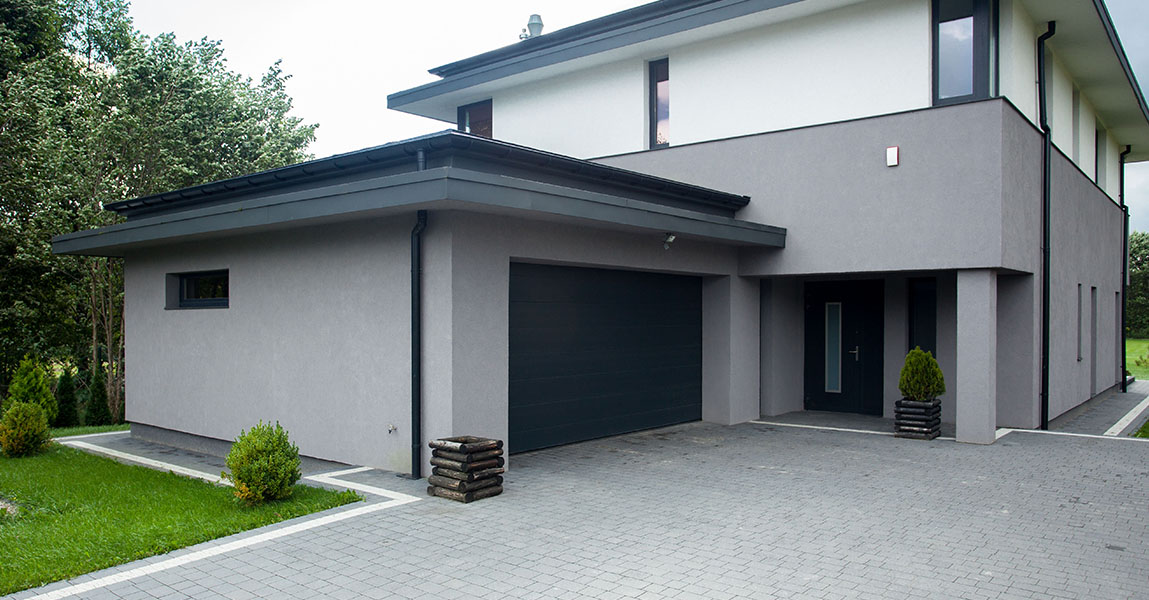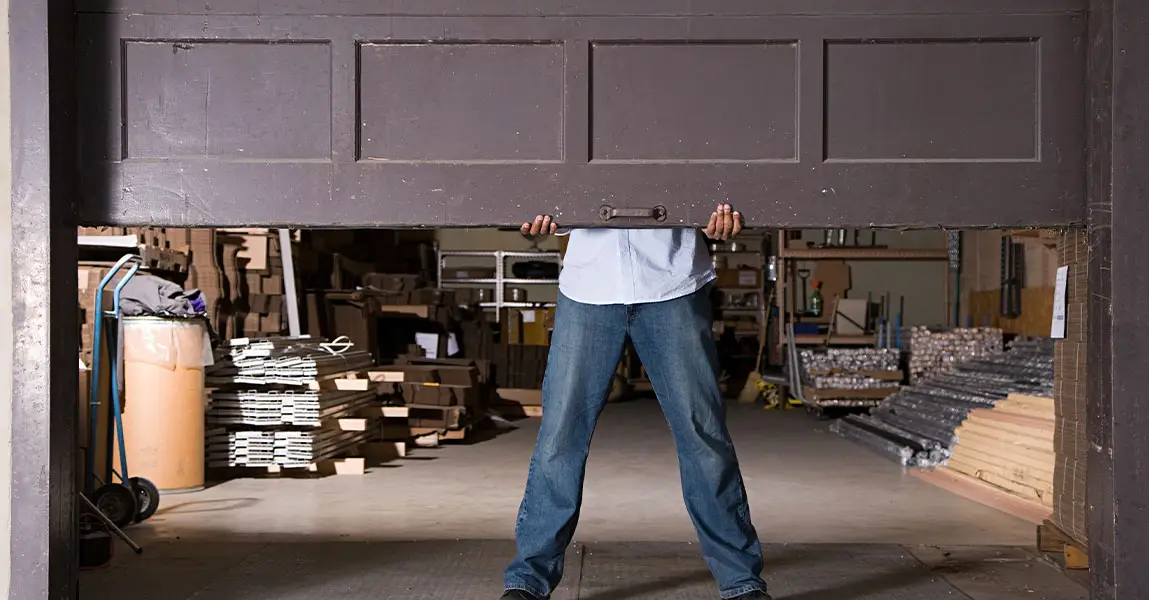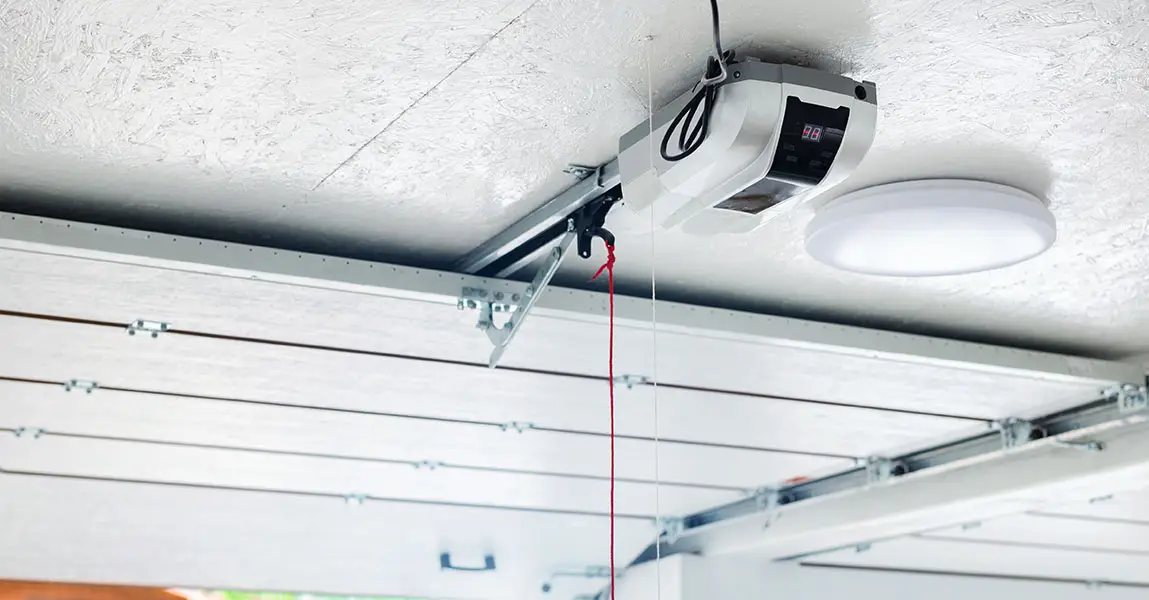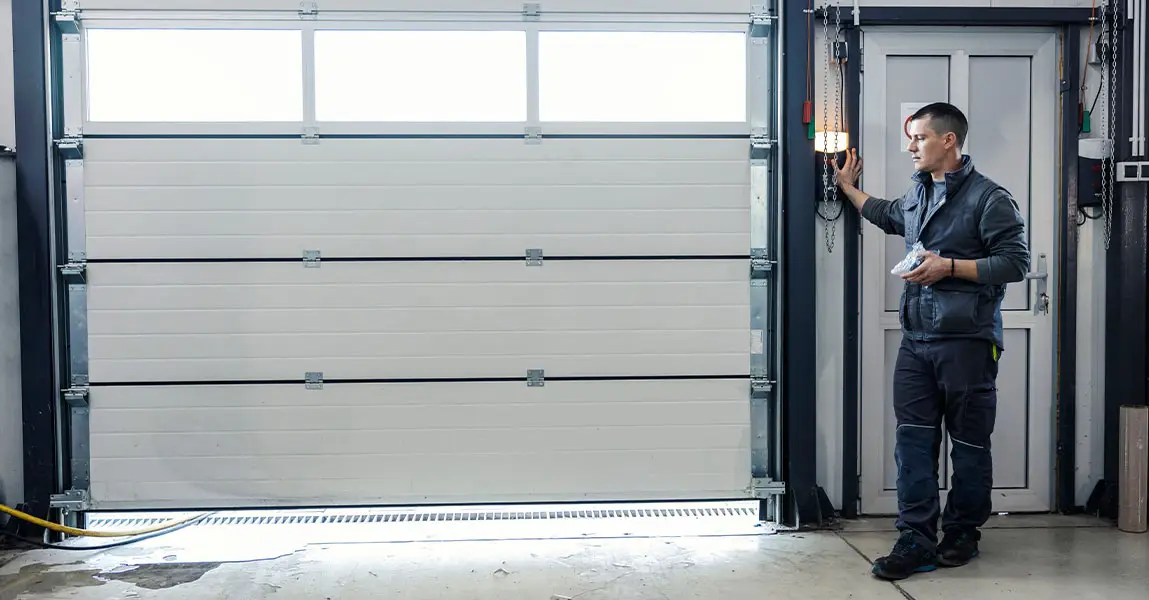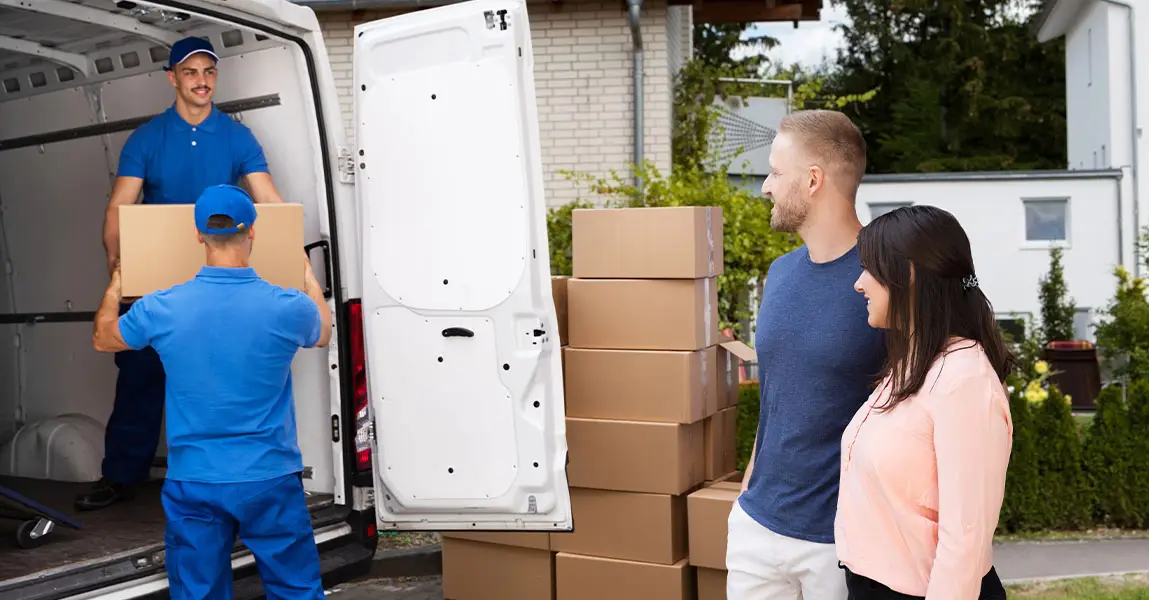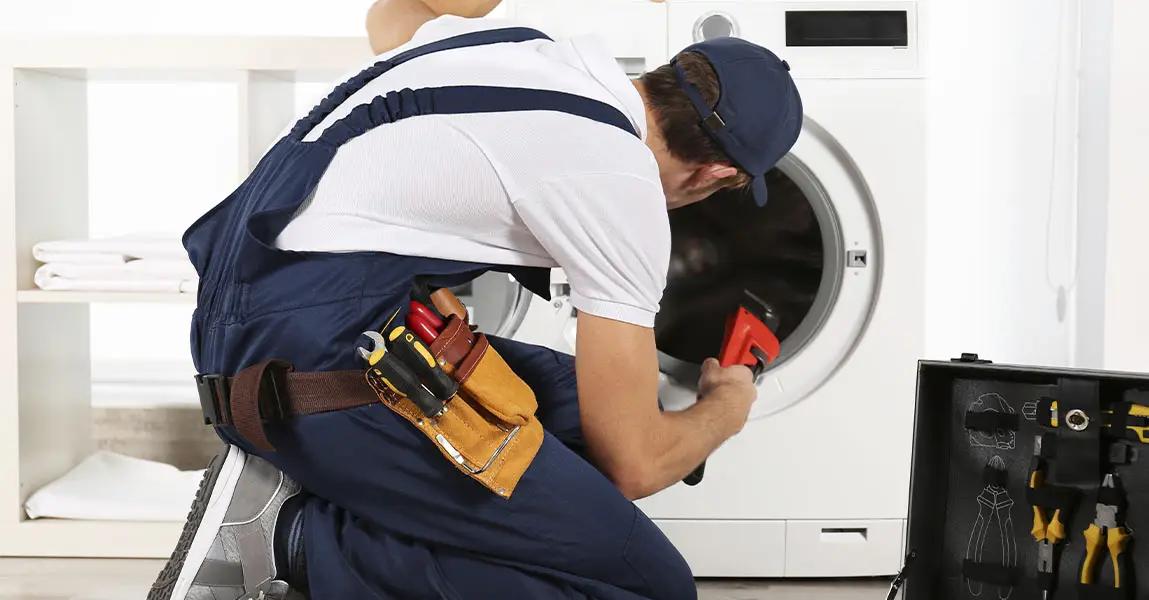Owning a home comes with regular maintenance, and one part often overlooked is the garage door. When problems show up, they can quickly turn from minor inconveniences into major frustrations. We see common issues with residential garage doors all the time, and understanding the causes helps us solve them before they grow worse. Here we will walk through the most frequent problems and share practical fixes that keep doors safe and reliable.
Noisy Operation
Strange sounds are one of the earliest signs something is wrong. A grinding or squeaking noise often points to metal parts rubbing together without enough lubrication. Worn-out rollers, loose hardware, or lack of maintenance usually play a role. To fix this, we apply a silicone-based lubricant to hinges, springs, and rollers. Unlike grease, silicone does not attract dust that can cause further wear.
Tightening loose bolts and nuts along the track is equally important. When left unchecked, even a small vibration can shake parts out of alignment. In other cases, the rollers themselves may need replacement. Upgrading from metal to nylon rollers not only reduces noise but also extends the life of the entire system.
Door Not Opening or Closing Properly
A garage door that refuses to move smoothly can be frustrating. This usually results from misaligned tracks or worn-out springs. Springs carry the heavy lifting, so if they weaken, the opener struggles to move the door. When springs break, it is dangerous to attempt repairs without training. We always recommend leaving spring replacement to professionals.
On the other hand, misaligned tracks are easier for homeowners to spot. If the door looks uneven or sticks in certain spots, adjusting the track back into place often helps. Still, tracks must be handled carefully because bending them too much can make the problem worse. We find that small realignments combined with cleaning dirt and debris keep the door working properly.
Remote Control and Opener Issues
Sometimes the problem lies not with the door itself but with the opener. Dead batteries in the remote are the simplest fix. Replacing them should be the first step before looking at bigger concerns. If new batteries do not work, we reprogram the remote to reconnect it with the opener unit. This usually solves most connection failures.
Electrical issues inside the opener are more complex. Faulty wiring, burned-out circuit boards, or worn gears in the motor can stop the opener from working. When we inspect openers, we also check the safety sensors near the bottom of the tracks. Dust or misalignment there can interrupt the signal and prevent the door from closing fully.
Uneven or Sagging Door
Over time, doors can sag or tilt on one side. This often happens when cables wear unevenly or pulleys loosen. Sagging puts stress on the entire system and increases the risk of further damage. To check, we disconnect the opener and try lifting the door manually. If it feels unbalanced, cable adjustments are necessary.
In many cases, replacing worn cables is the best option. It restores balance and helps the door move evenly along the tracks. We also inspect hinges because weak hinges can pull one side of the door down. Reinforcing or replacing them ensures smoother movement and reduces strain on the opener.
Weather Seal Damage
Weather seals run along the bottom and edges of the door. Their job is to keep out drafts, pests, and moisture. Over time, seals crack or flatten, letting cold air or water into the garage. Replacing the seal is a simple but effective fix that improves insulation and reduces energy costs.
To install a new seal, we remove the old one, clean the track, and slide in the replacement. For wooden doors, adhesive-backed seals are often a better choice. Beyond comfort, a working seal prevents water from pooling inside, protecting floors and stored items from damage.
Safety Sensor Problems
Modern garage doors rely on sensors to stop closing if something is in the way. Misaligned or dirty sensors are a common source of trouble. When sensors do not line up, the opener thinks there is an obstacle and refuses to close the door. Cleaning the lenses with a soft cloth often restores function.
If cleaning does not help, we adjust the sensors until both indicator lights stay solid. Sometimes wiring issues cause sensors to fail altogether. In those cases, replacement is the safest path. Keeping sensors in good shape not only ensures convenience but also prevents accidents.
Broken or Worn Springs
Springs carry most of the door’s weight. They are under extreme tension, so when they wear out, the opener alone cannot handle the load. Broken springs are one of the most serious problems we encounter. A loud snap or the door suddenly dropping is usually the first sign.
We never suggest homeowners replace springs on their own because of the risk involved. Instead, we inspect for signs of wear such as gaps in the coil or stretched-out length. Replacing springs in pairs keeps the balance even and helps avoid future breakdowns. When done properly, new springs restore smooth, safe operation.
Track Obstructions
Even small debris in the tracks can cause a garage door to jam. Leaves, stones, or hardened grease block rollers from moving smoothly. Regular cleaning of the tracks is one of the easiest ways to prevent problems. We use a brush and mild cleaner to clear the buildup before applying a light lubricant.
If tracks bend or warp, the rollers cannot move correctly. Gently straightening minor bends helps, but severe damage usually requires replacing the track. Ignoring bent tracks can quickly wear out rollers and cables, making repairs more expensive. Preventive cleaning saves both time and money.
Preventive Maintenance Tips
The best way to avoid breakdowns is through regular maintenance. We recommend checking hardware at least twice a year. Tightening loose bolts, testing balance, and lubricating moving parts extend the life of the system. Keeping the opener chain properly adjusted also reduces strain.
Scheduling a routine inspection every year is another smart step. Professionals can spot hidden wear before it turns into costly repairs. For those looking for reliable help with garage door repair Calgary, regular service keeps doors in top shape and ensures safety for the whole family.
When Professional Help is Needed
There are times when do-it-yourself fixes are not enough. Broken springs, damaged cables, or opener failures often require trained hands. Attempting to handle high-tension parts without proper tools is risky. We believe safety should always come first when deciding between a quick fix and calling in help.
If you are facing ongoing issues or need urgent support, reaching out to trained experts is the safest move. Our team is always ready to troubleshoot and restore reliable performance. For direct help, you can contact us today to schedule an inspection or repair appointment.
Frequently Asked Questions
Why does my garage door keep reversing when closing?
This often happens when the safety sensors are misaligned or blocked. Cleaning and adjusting them usually fixes the problem.
How often should I replace the springs?
Most springs last about 10,000 cycles, which equals roughly seven to ten years of use. Replacement depends on how often you use the door.
Can I replace the weather seal myself?
Yes, replacing the bottom seal is a simple project many homeowners can handle. It requires removing the old strip and sliding in a new one.
Why is my opener making grinding noises?
Grinding often points to worn gears inside the opener or lack of lubrication. Servicing the opener usually resolves this issue.
What should I do if the garage door feels heavy to lift manually?
A heavy door often signals worn springs. It is best to stop using the door and call a professional for replacement.

